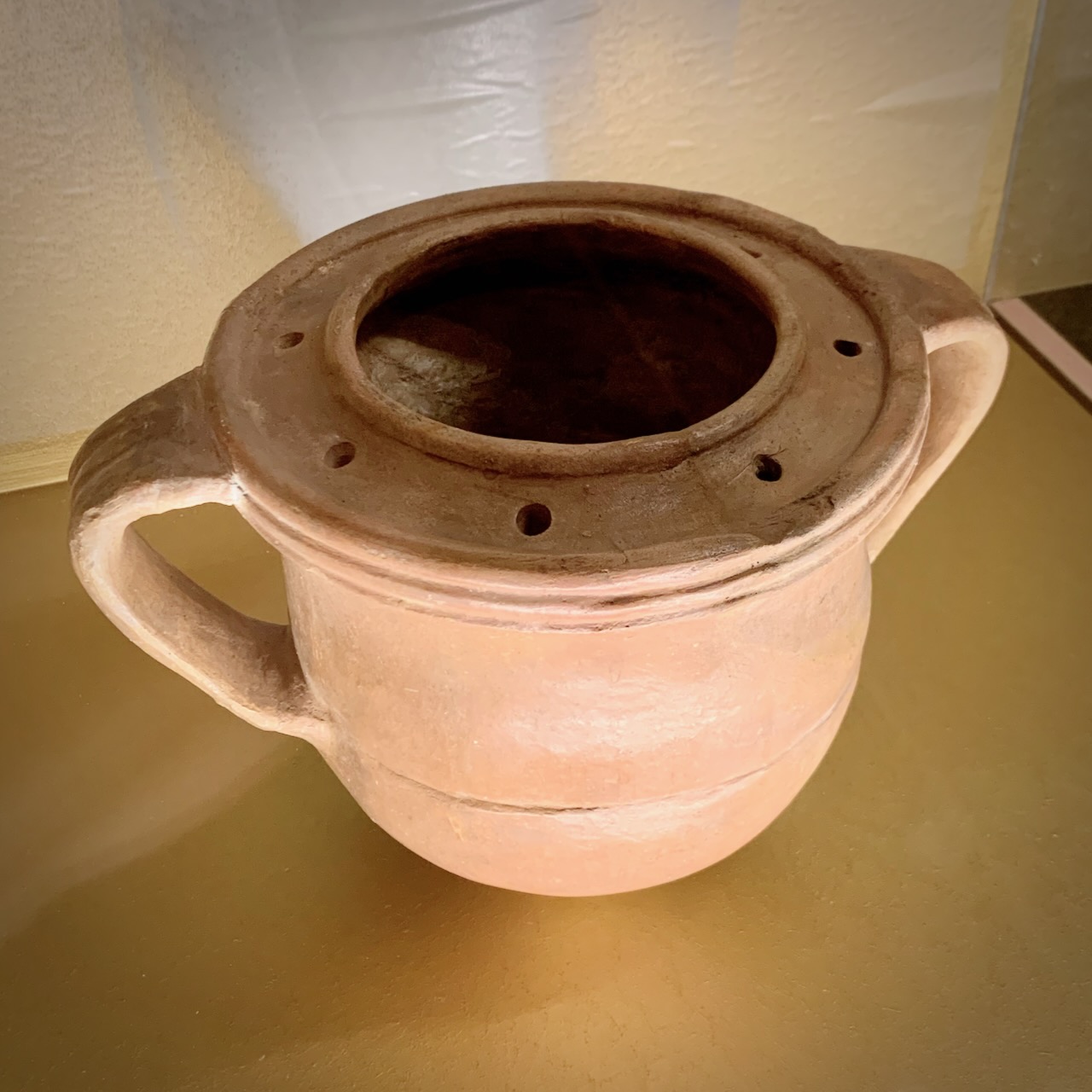Incensiary vessel of Dieburg

Incense vessel from Dieburg
The New Mithraeum / Andreu Abuín (CC BY-SA)
The full article is reserved for our members.
Log in or create a free account to access the entire site.

Incense vessel from Dieburg
The New Mithraeum / Andreu Abuín (CC BY-SA)
The full article is reserved for our members.
Log in or create a free account to access the entire site.
